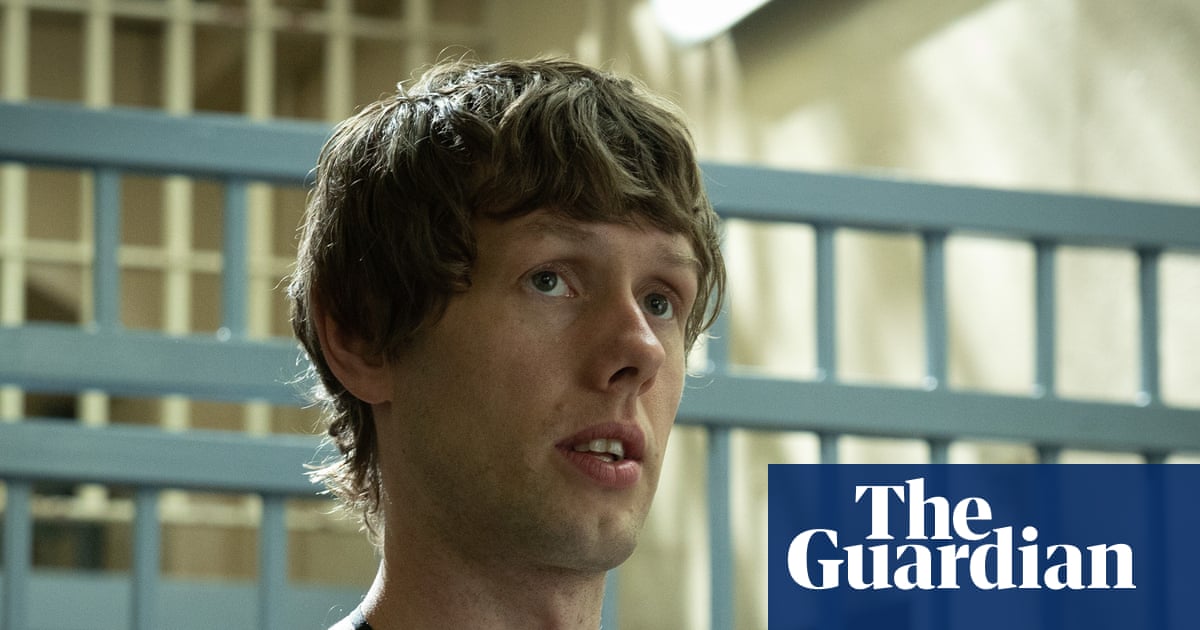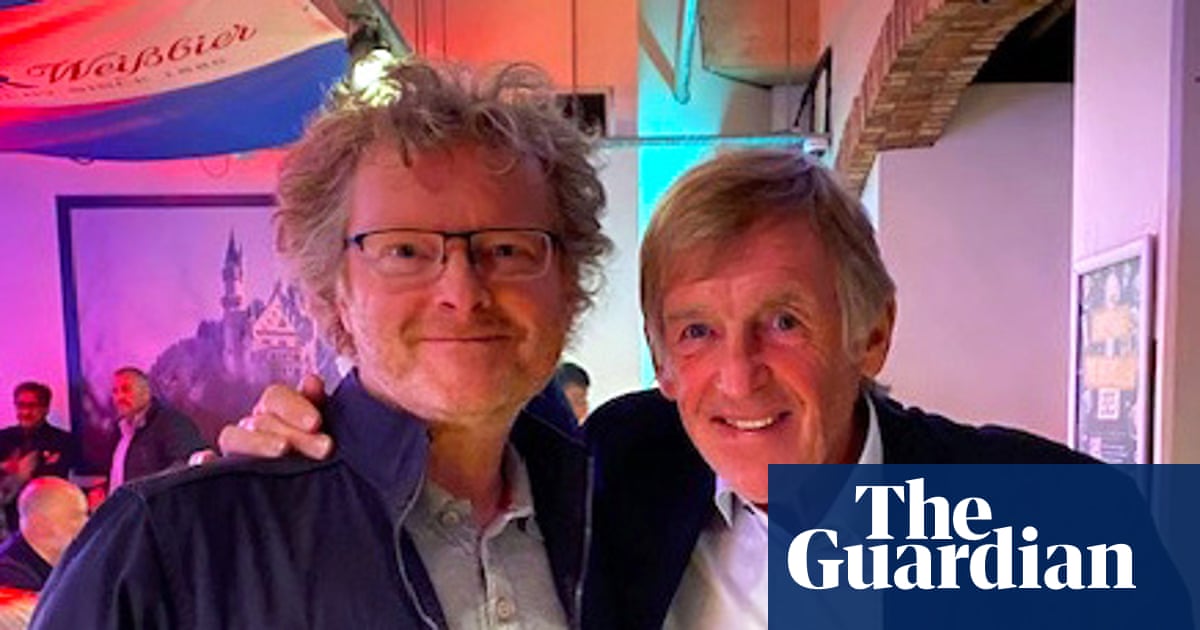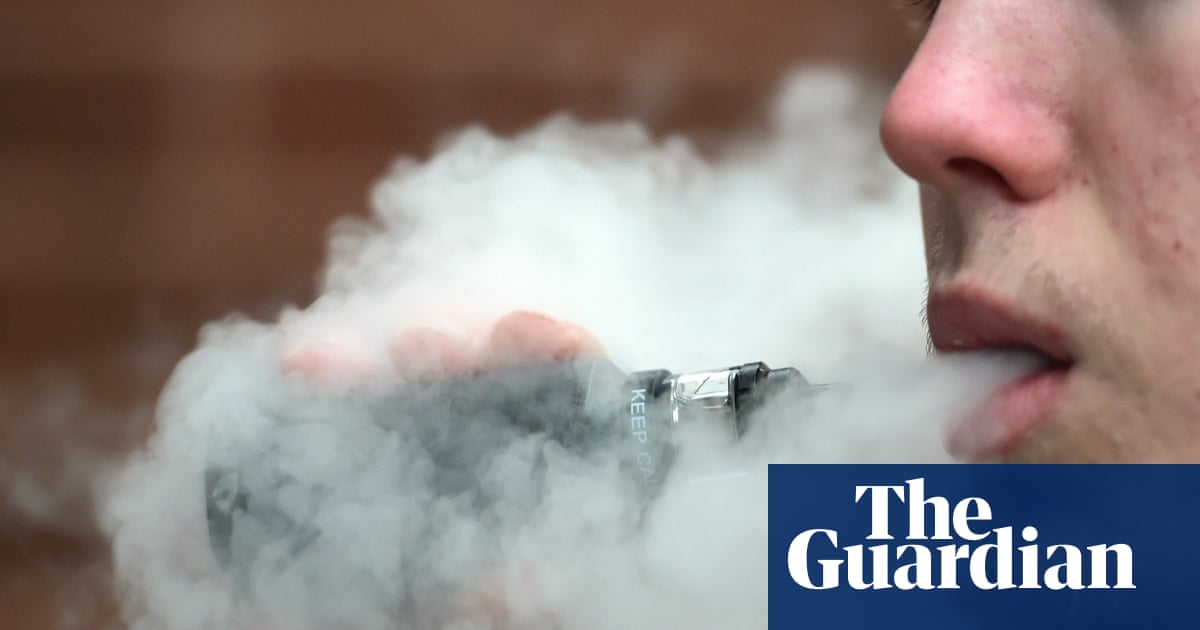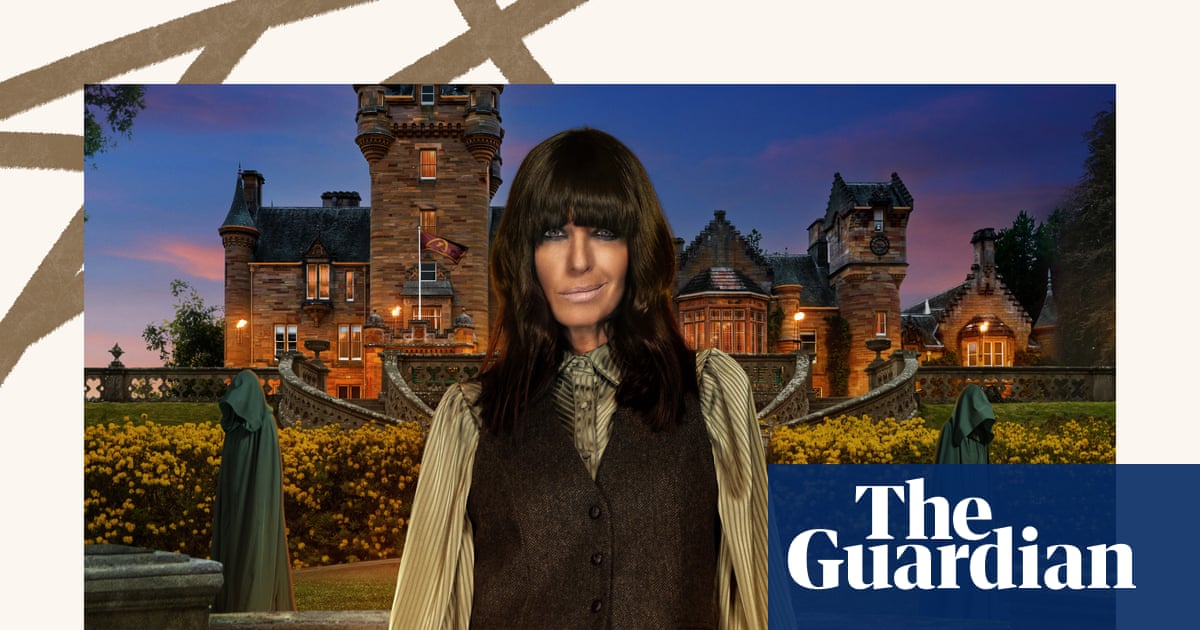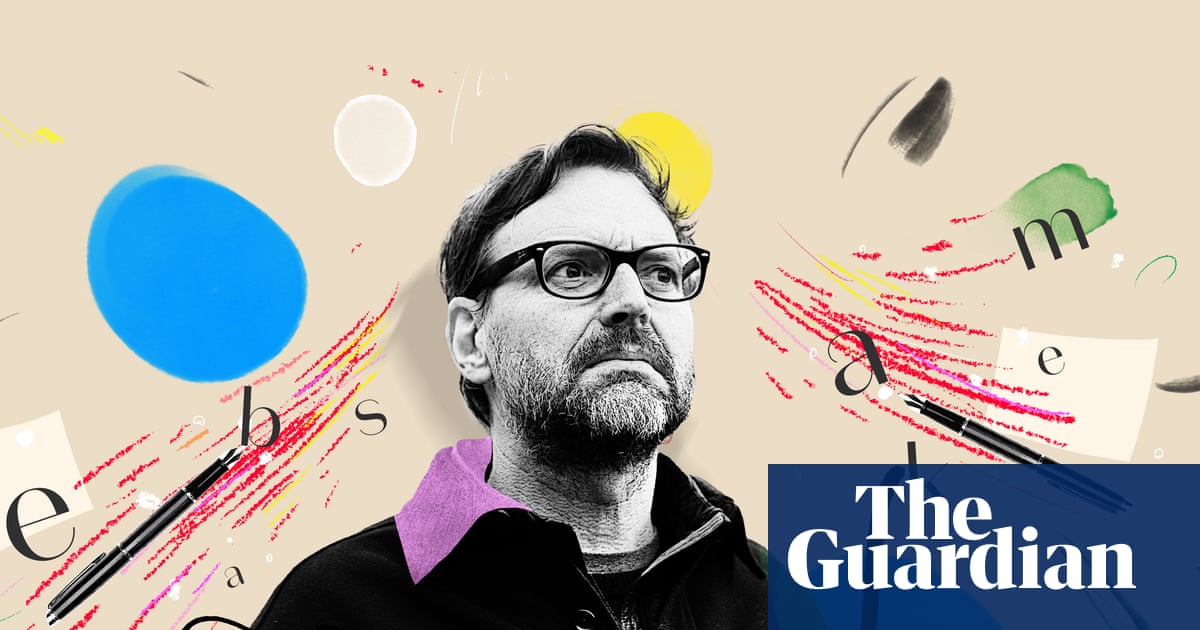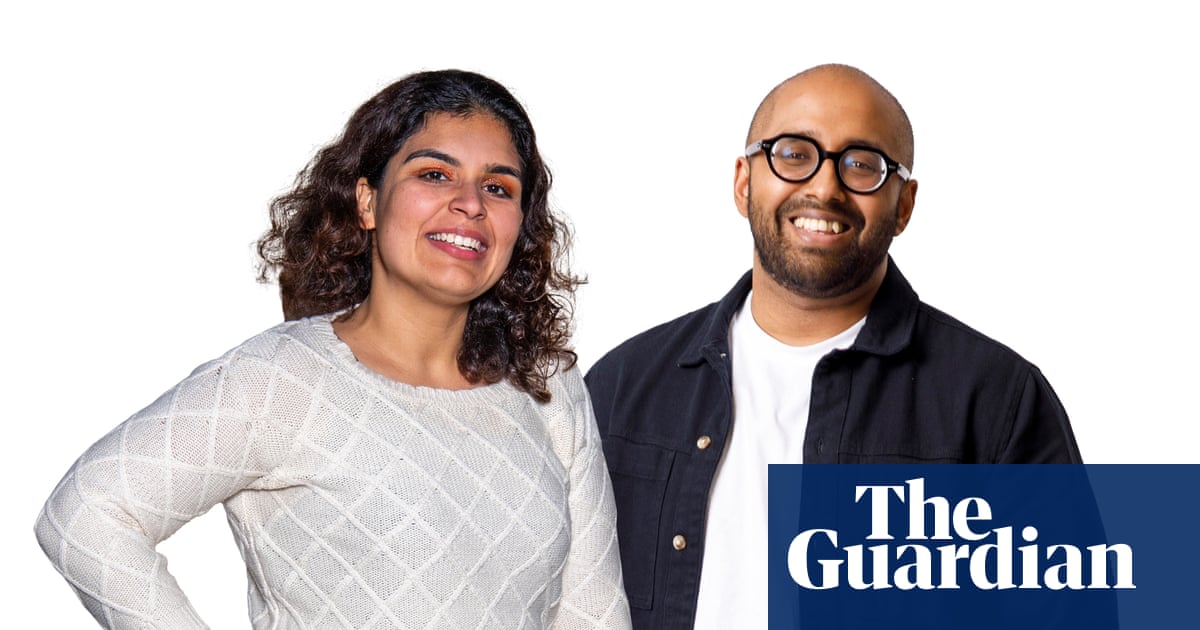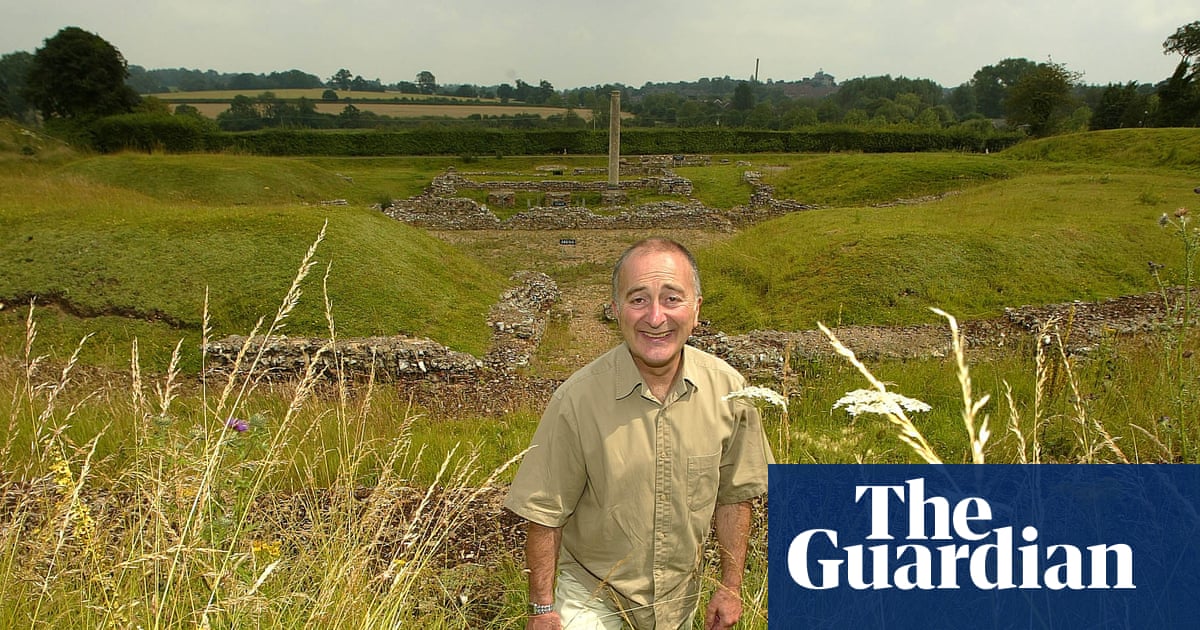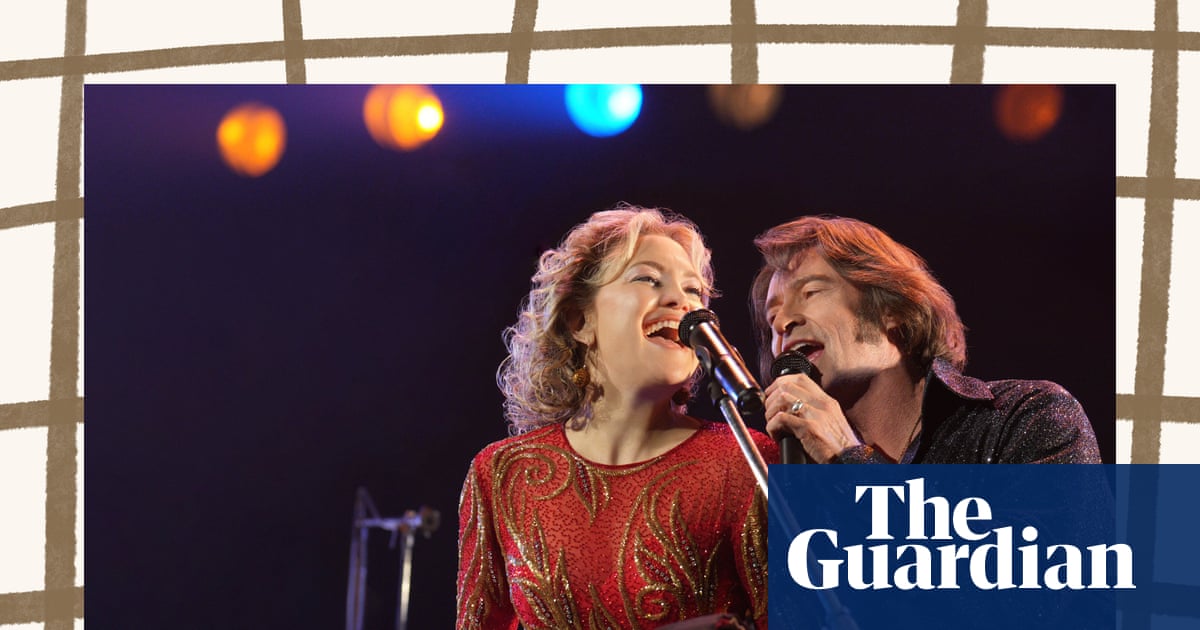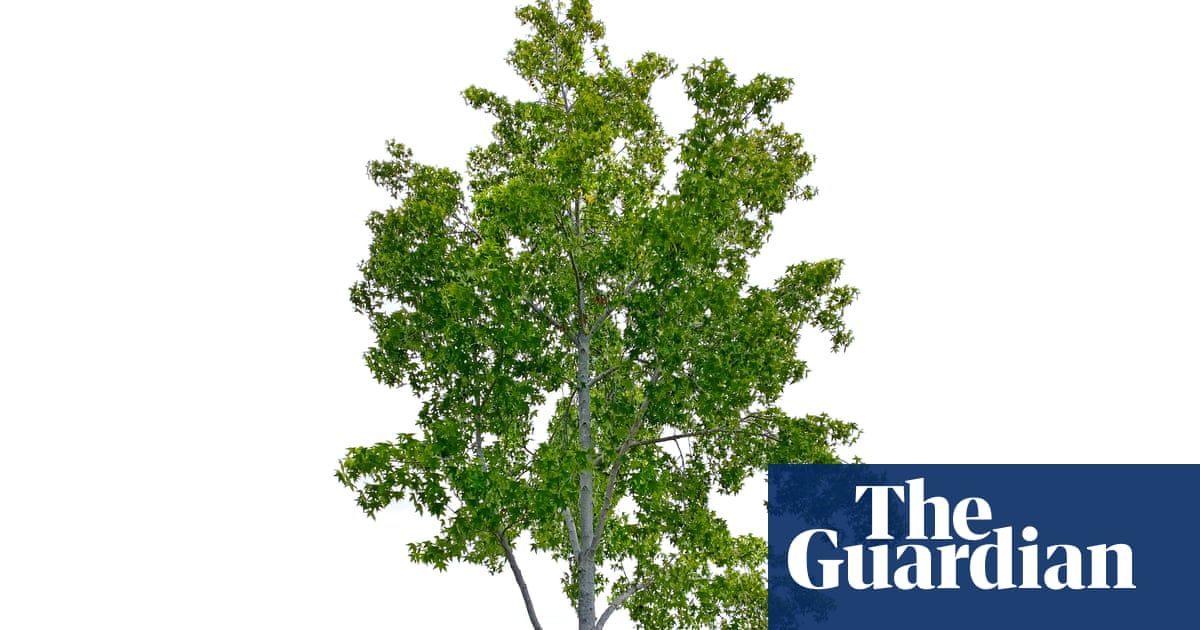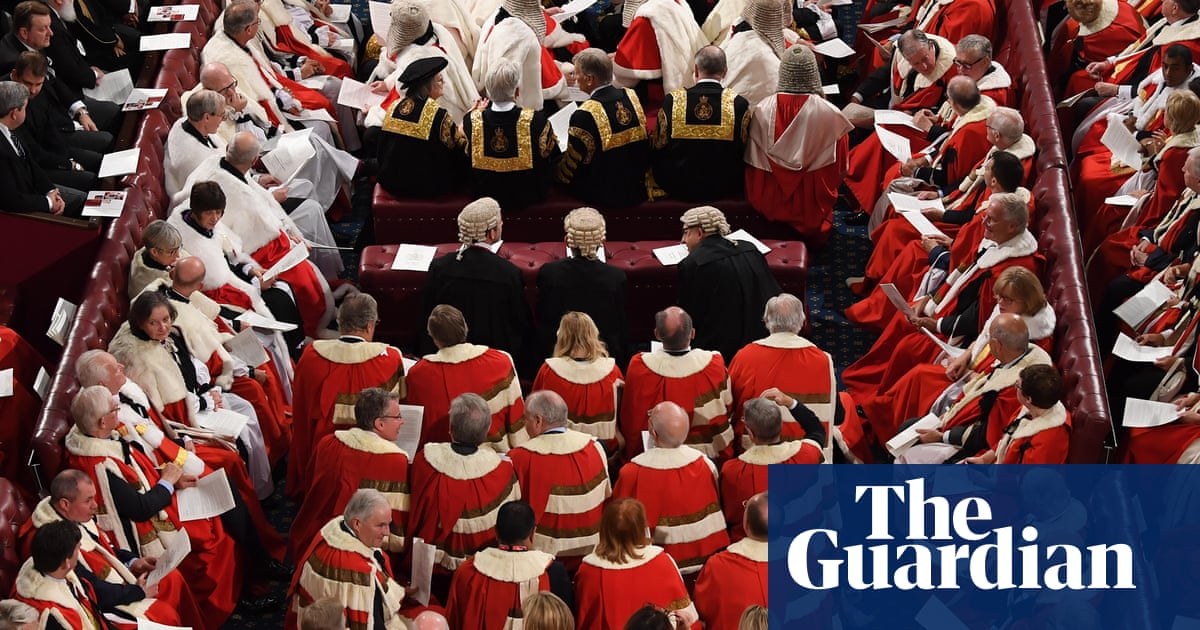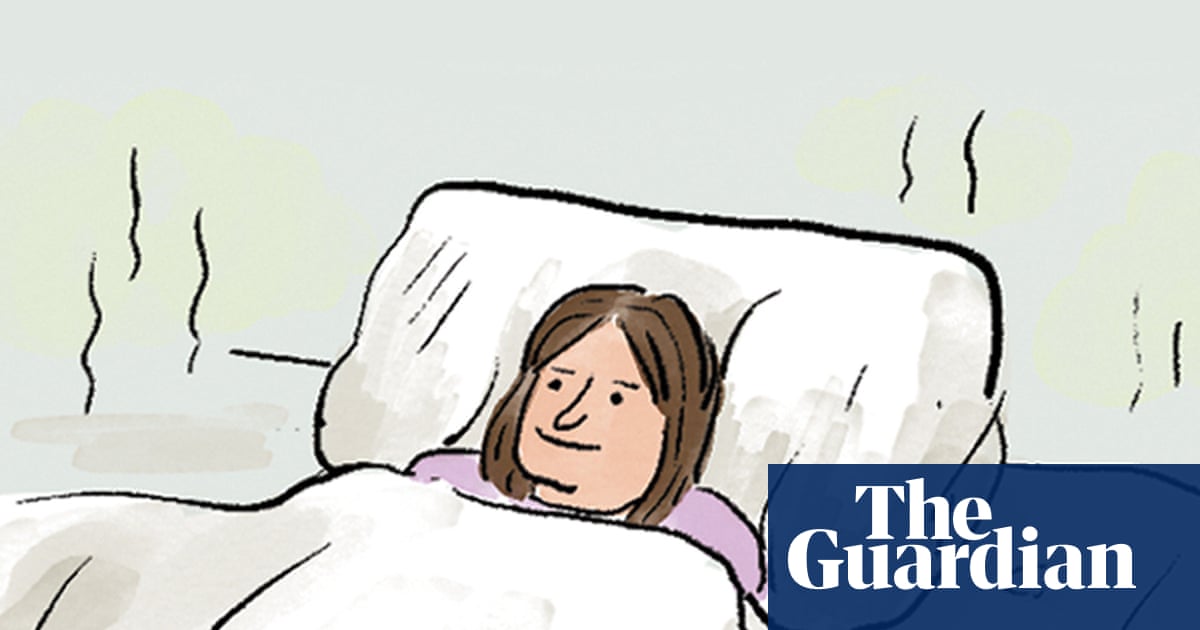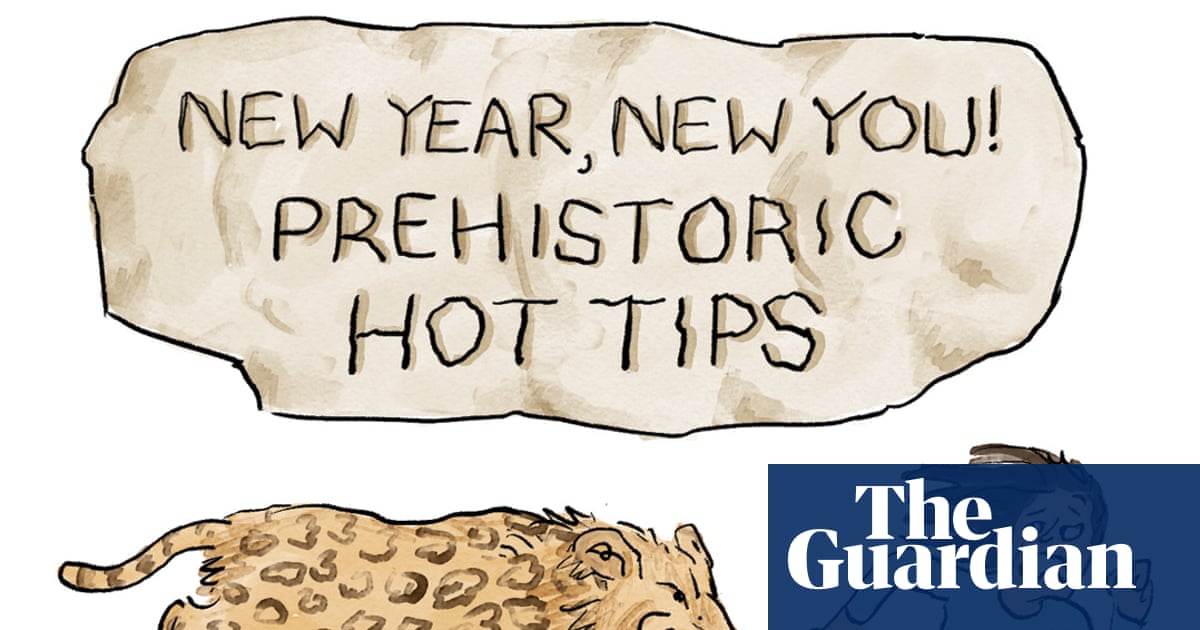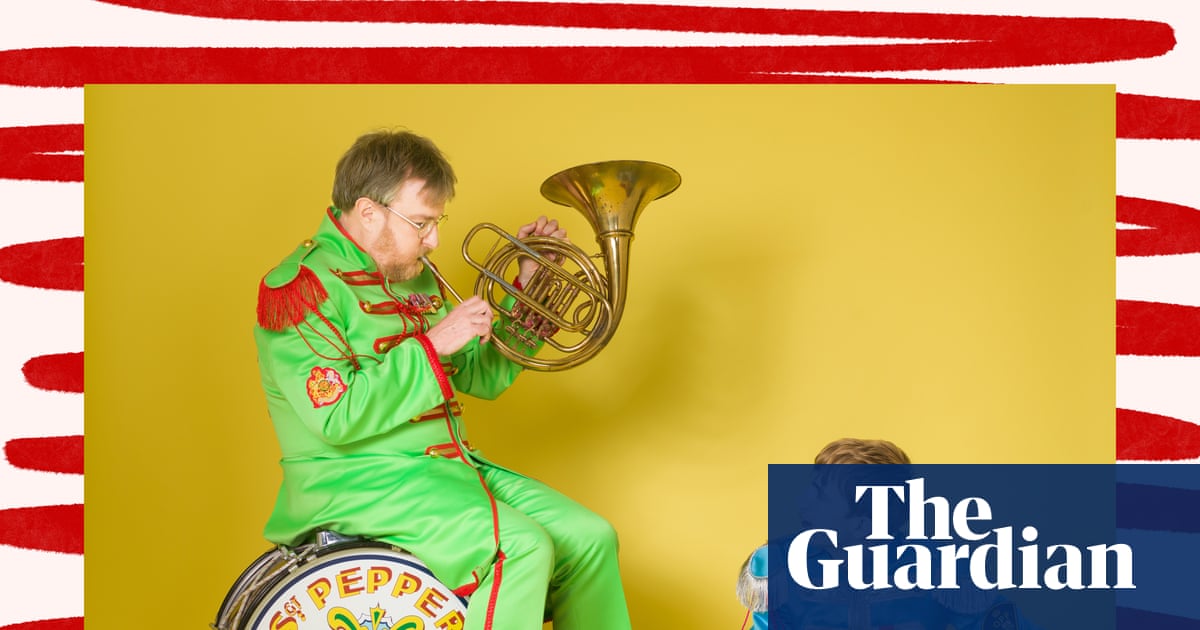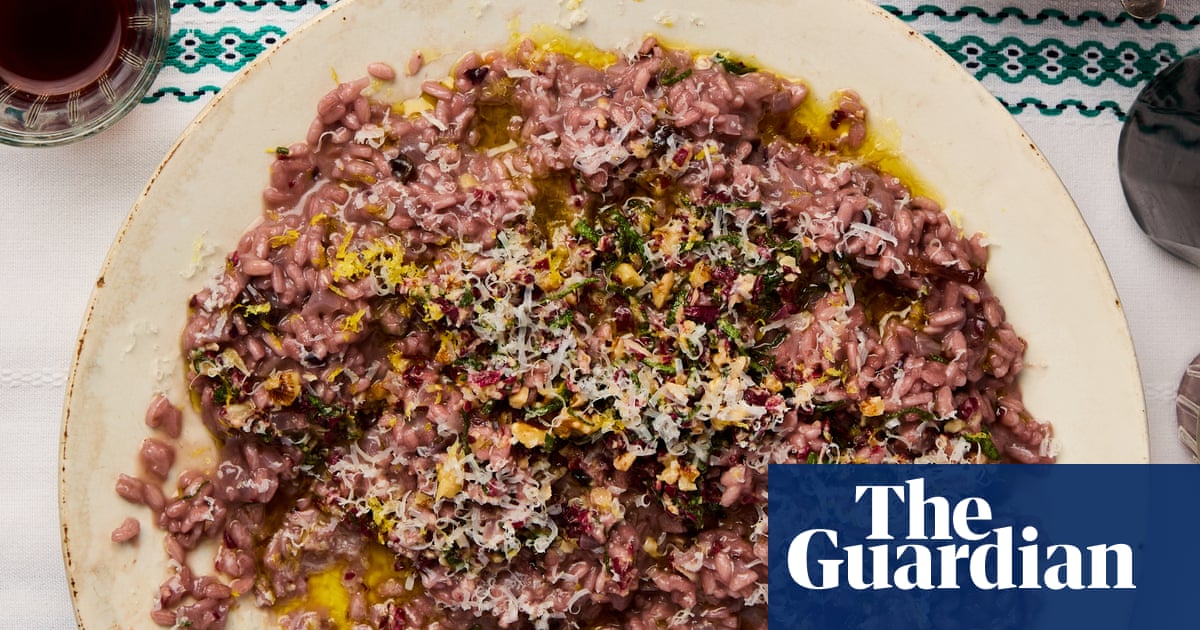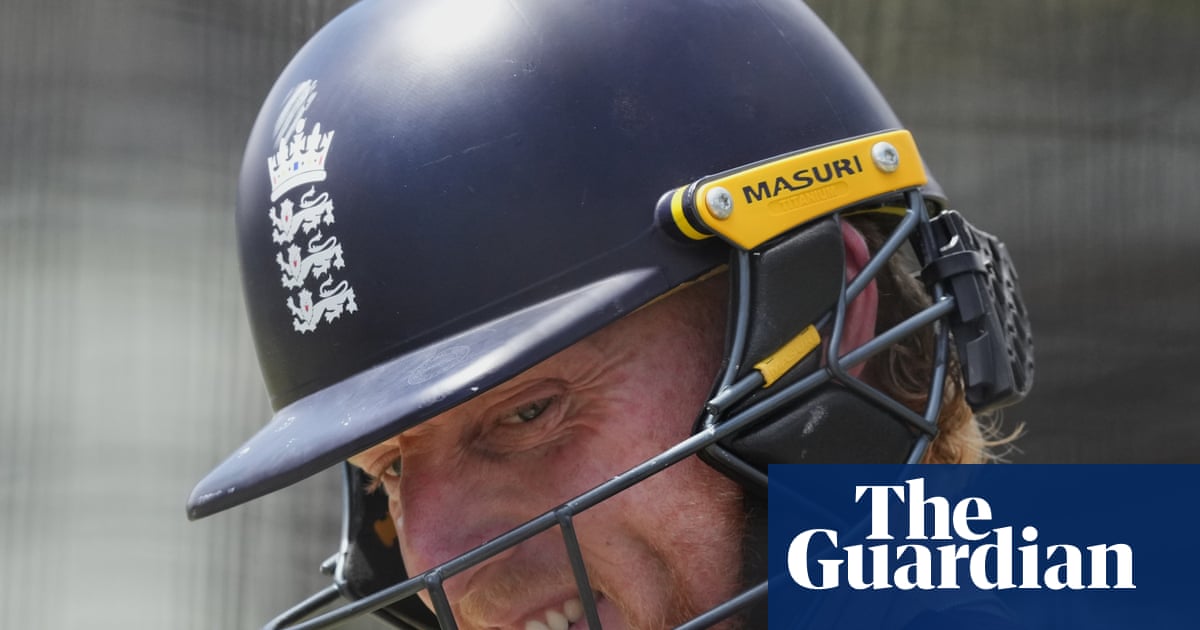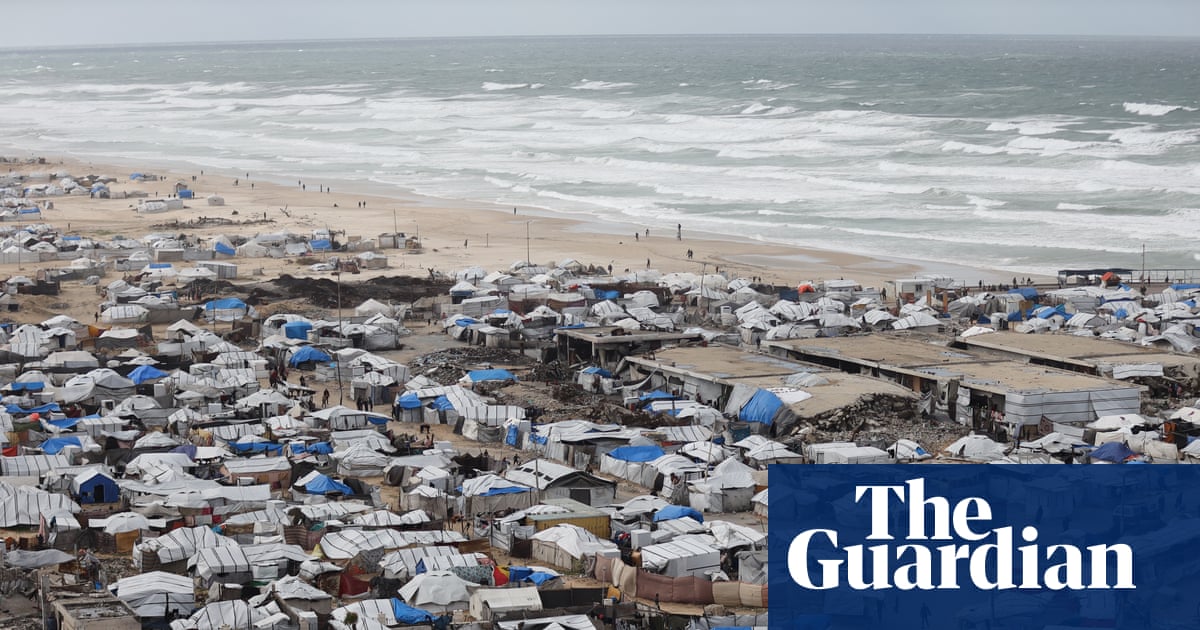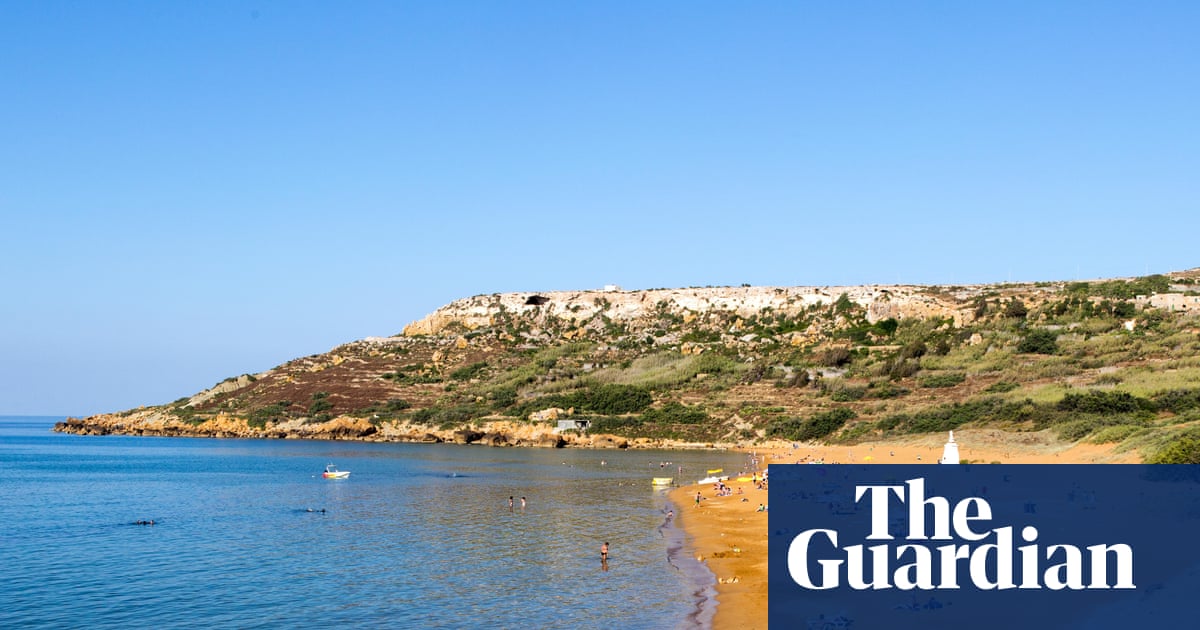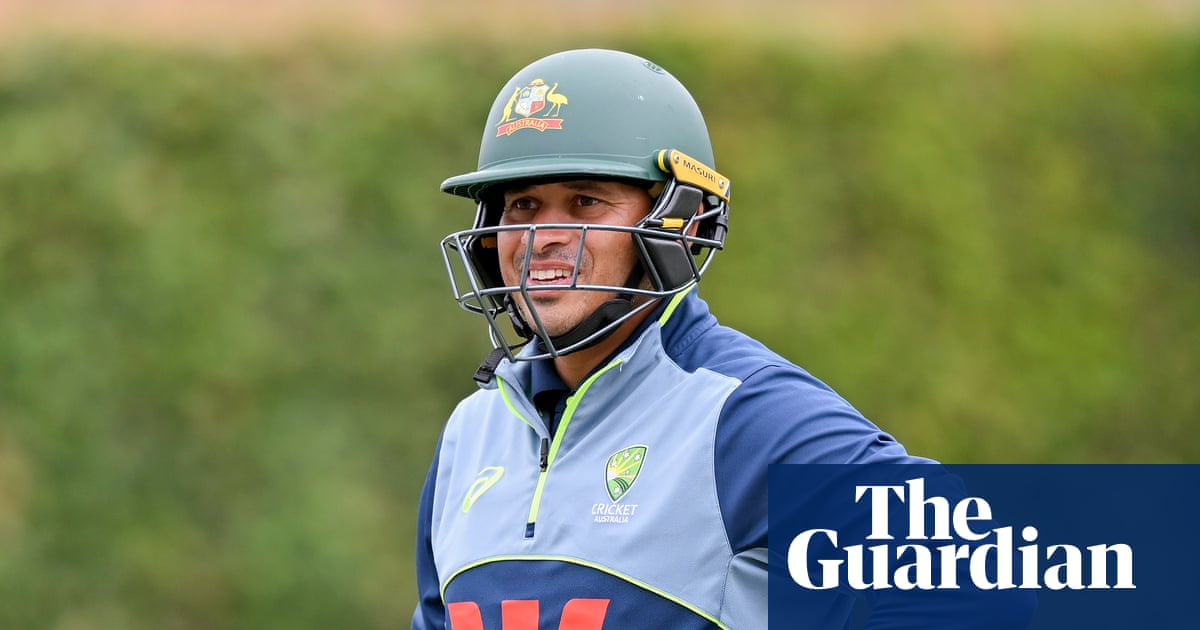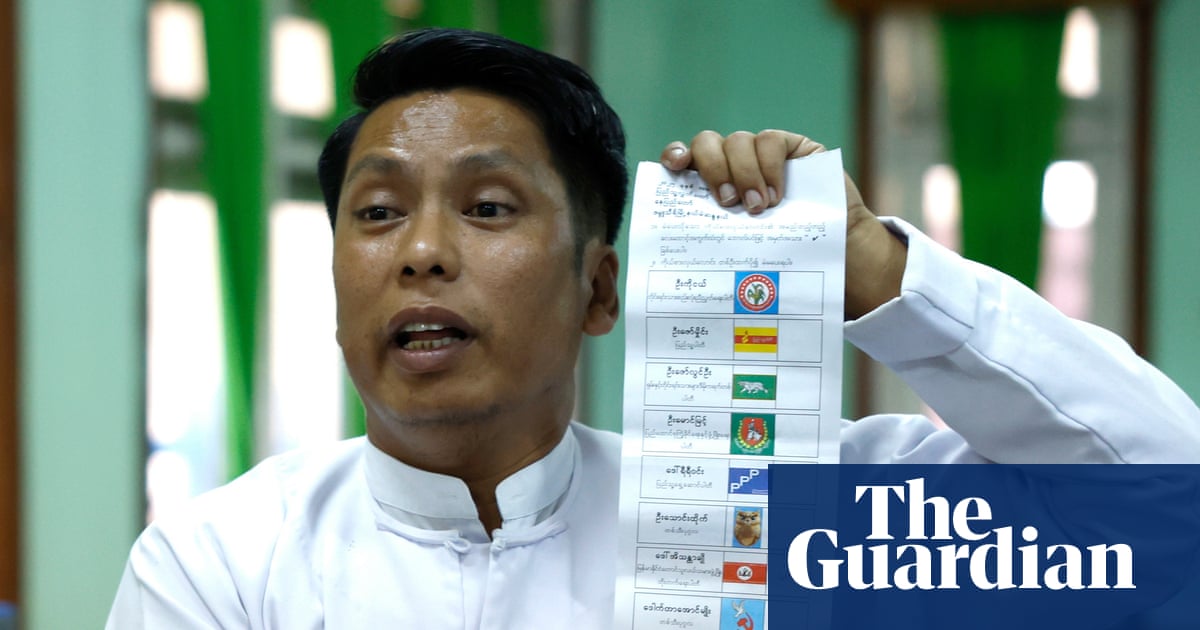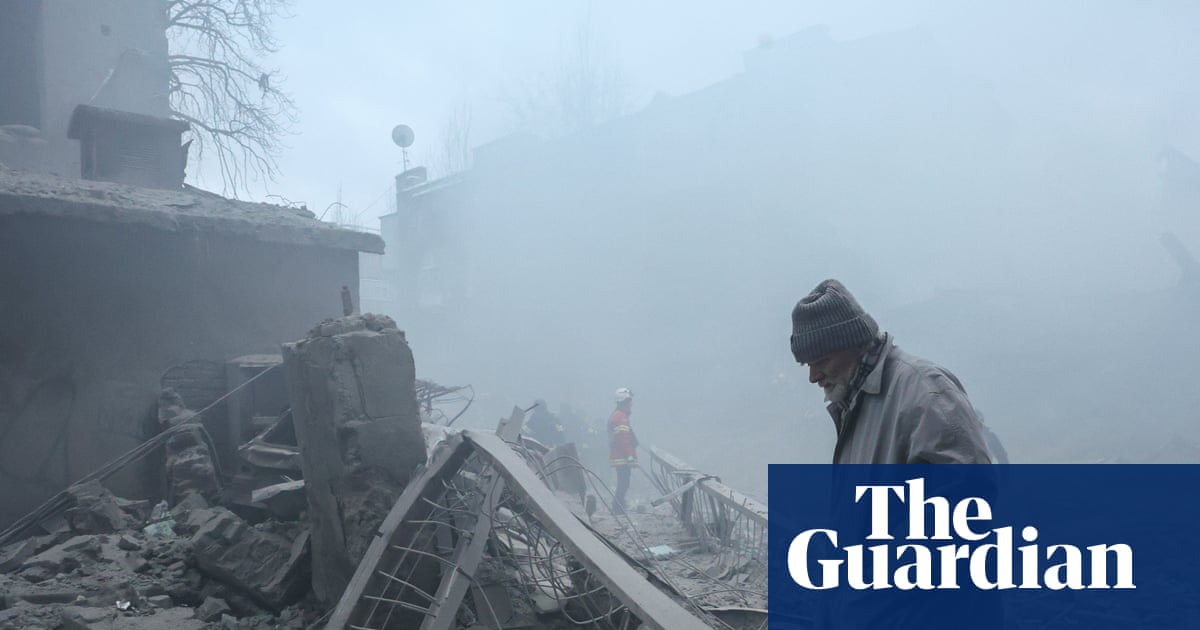It’s a miracle I get out of my interview with Palestinian artist Samia Halaby alive. Not just because the creaky wooden stairs to her second-floor Tribeca, New York live-work space are alarmingly steep, but because certain people view the 88-year-old acclaimed abstract artist, a pioneer of digital art, as a dangerous security threat.
In December 2023, Indiana University, Halaby’s alma mater, cancelled what was due to be the first American retrospective exhibition of Halaby’s work at the university’s Eskenazi Museum of Art. The exhibition had been three years in the making but Halaby was informed she was no longer welcome in a terse two-sentence letter from the museum’s director, citing vague security concerns. The real reason, she suspects, was the museum’s wish to distance itself from anything supportive of Palestine in the wake of 7 October. Almost a year later, says Halaby, Michigan State University abruptly cancelled the opening party for her solo retrospective and removed a painting whose title, Six Golden Heroes, referred to the escape of Palestinian political prisoners.
Now, after being cancelled and censored, Halaby is being awarded the 2025 Munch award for artistic freedom. Does this feel like vindication?
Not really, she says over a cup of black tea we drink in a makeshift dining room, with the “offensive” Six Golden Heroes, an entrancing dazzle of bright squares, next to us. “This is polarisation. The people who were good were always good. Nobody’s changed, everybody’s become more extreme.” It’s important, she says, to note that she wasn’t cancelled by the university as a whole. “The students objected, there were some very cute pictures of students carrying signs with my paintings on them. They’re not the ones who told me not to come. It’s the administration, guided by the government.” The Trump administration has aggressively cracked down on pro-Palestinian speech on college campuses.
Still, while the prize may not feel like vindication, she is thrilled to receive it. Particularly since it emanates from Norway: “a government and a population that has always been sympathetic to Palestine.”
Unlike the British government, I note, who, at that very moment, were getting ready to roll out the red carpet for Israeli president Isaac Herzog, a man who has claimed all Palestinian civilians were complicit in the 7 October attack and denied Israel is responsible for the man-made famine in Gaza. “Oh,” she says with a soft chuckle. “The British, we can divide into the beautiful people who are on the streets, holding the signs that get them arrested, and the government. And I think, clearly, the moral high ground is with the people; they’re adorable in this respect.”
Despite the political climate, Halaby says she feels at home in New York. Although it is not clear how long she will be able to stay in the rent-stabilised building which houses two other artists and where she has lived since 1976. “The neighbourhood is gentrifying. There’s a building behind us that’s being remodelled into fancy appointments. We may be asked to leave soon, we don’t know.”
Displacement would not be a new experience for Halaby, who was born in Jerusalem in 1936 but fled to Lebanon during the 1948 Nakba. She has visited her birthplace multiple times, and been back to her old house: the rooftop of which was turned into a “taste of Israel” restaurant at one point. But, like other diaspora Palestinians, she has no right to return permanently, though she has thought about it. “I would have to be on a visa and I’d be at their [the Israeli government’s] mercy. I was going to do it once and started looking for apartments. But then they invaded Ramallah and made it impossible. And you know they could withdraw my visa at any time.”
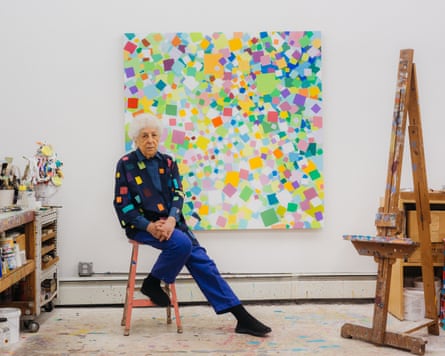
Rather than sounding bitter, Halaby seems remarkably sanguine. Her work is similarly analytical rather than emotional: behind the often playful colours and shapes, there is a deep scientific rigour. “Art is a craft,” she says. “I take it very seriously. I know the science of light, the physics of light, as much as I can, the physiology of the eye, how we see the attributes of colour, how to manage colour.” Halaby is dismissive of the people who believe art is self-expression and you paint out of inner necessity. That’s propaganda, she laughs. “I tell people, ‘Can you imagine the Pope calling Michelangelo, come here, my boy, I’d like you to express yourself all over my Sistine Chapel’?”
Rather than being a representation of her inner state, Halaby says she thinks people like her abstract paintings because “they recognise the world they live in in them.” And she brings the same sort of abstraction to analysing the current state of the world we live in. “One has to learn to think on a more general level,” she says when I ask about Trump’s continuing assaults on free speech. “And when you think of history – take 200 years of history, you don’t even have to take a millennia – and you look at the globe, the surface of the Earth and all the people on it and all they think, I have to tell you, Trump seems like a fly on a camel’s back. We’ll suffer, that’s for sure, because the fly is on top of us shitting on us. Excuse me. But it’s a big world we live in.”

 3 months ago
89
3 months ago
89
